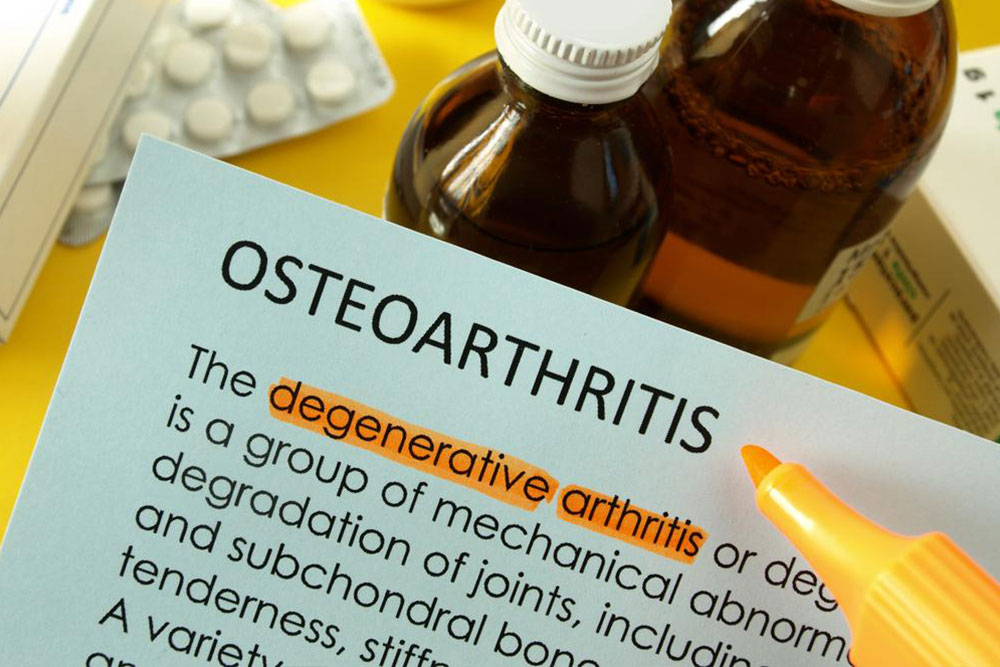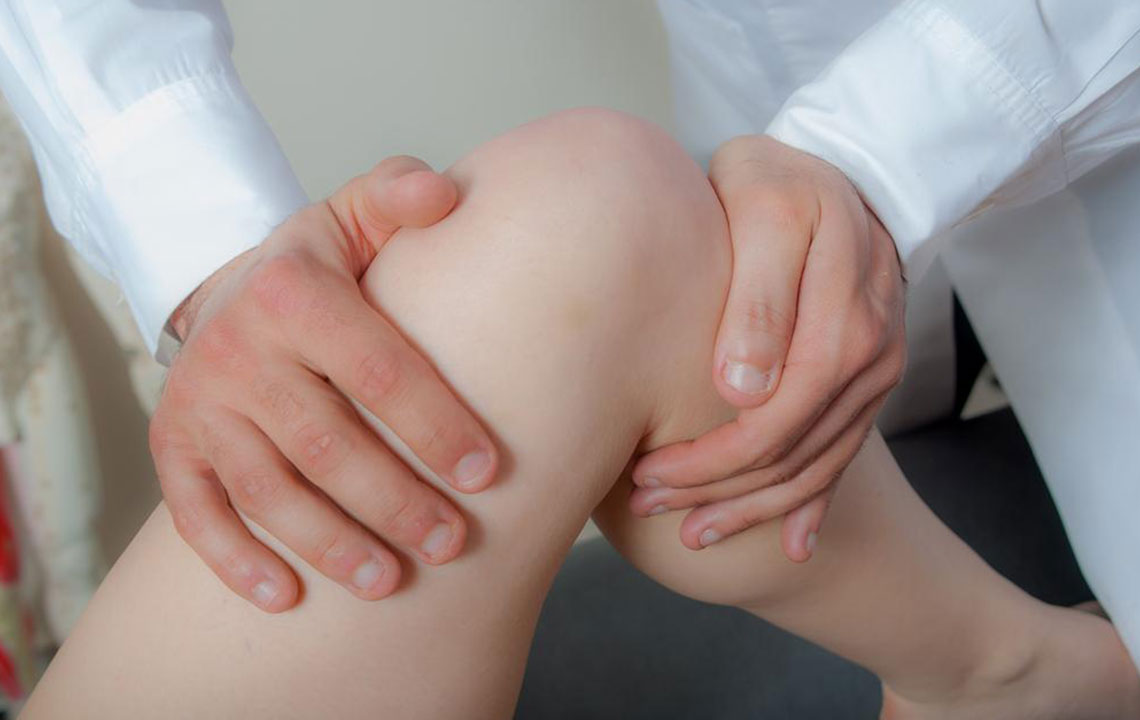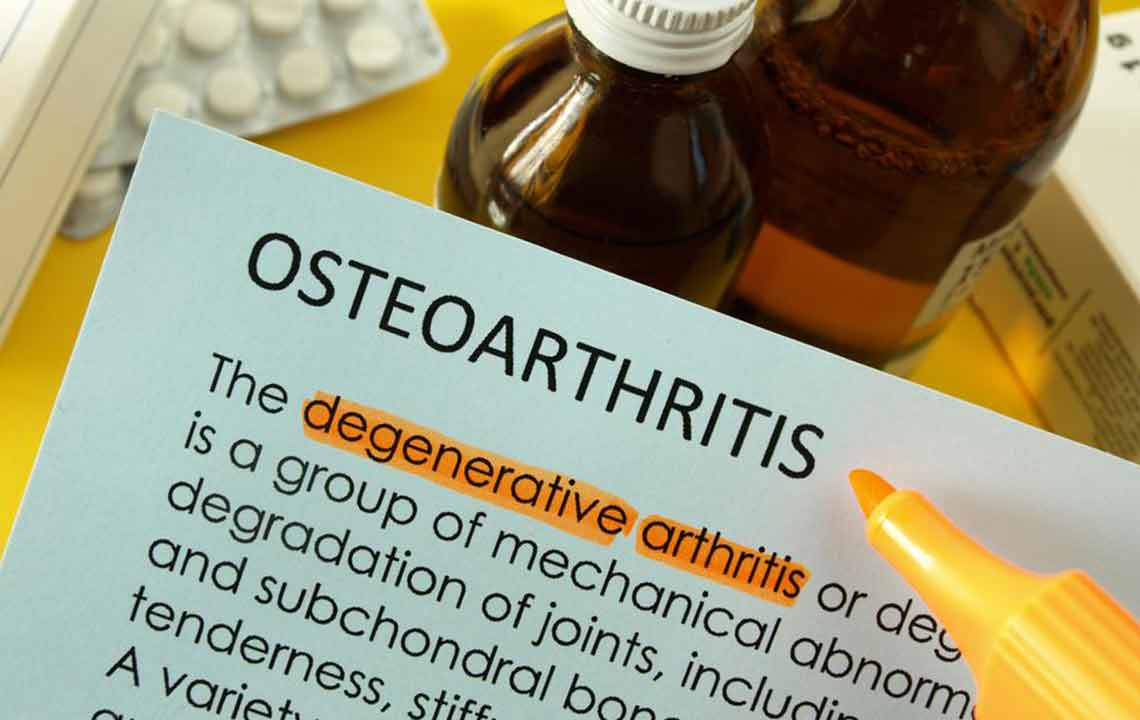Comprehensive Guide to Managing and Treating Knee Osteoarthritis Effectively
This comprehensive guide provides detailed strategies for managing knee osteoarthritis, emphasizing lifestyle changes, therapeutic options, and surgical procedures. Tailored approaches help reduce pain, improve joint function, and enhance quality of life. Early intervention and professional guidance are crucial for effective management of this degenerative joint condition.

Comprehensive Guide to Managing and Treating Knee Osteoarthritis Effectively
Knee osteoarthritis is a prevalent degenerative joint condition that can profoundly affect daily activities and reduce quality of life. As a common form of arthritis, it occurs when the protective cartilage cushioning the knee joint gradually wears down, leading to pain, stiffness, swelling, and decreased mobility. This chronic condition requires a tailored approach to treatment, which includes lifestyle adjustments, medical therapies, and sometimes surgical interventions. Understanding the various management strategies can empower patients to mitigate symptoms and maintain an active, healthy lifestyle.
Understanding Knee Osteoarthritis
Osteoarthritis of the knee develops from mechanical stress, aging, joint injury, or metabolic factors, resulting in cartilage degradation. The loss of cartilage means bones begin to rub against each other, causing pain, inflammation, and joint dysfunction. Symptoms often progress gradually, making early diagnosis vital for effective management. The extent of cartilage loss and other joint changes varies among individuals, influencing treatment choices.
Managing knee osteoarthritis involves a combination of lifestyle modifications, therapeutic interventions, and potentially surgical procedures. It’s crucial to work closely with healthcare professionals to develop an optimal plan tailored to individual needs, severity levels, and overall health. Early intervention can slow disease progression and significantly enhance quality of life.
Adopting Lifestyle Changes for Knee Health
Lifestyle modifications are fundamental in managing symptoms and preventing further joint deterioration. Small but consistent changes in daily routines can substantially improve joint function and pain levels.
Engaging in Regular, Low-Impact Exercise
Participating in gentle exercises such as walking, cycling, swimming, or water aerobics helps strengthen the muscles surrounding the knee, reduce stiffness, and improve joint stability. Water-based activities are especially advantageous as they offer resistance without putting excessive pressure on the joints. It’s important to avoid high-impact activities like running or jumping, particularly if osteoarthritis symptoms are severe. Consulting with a physiotherapist can help design an individualized exercise plan that maximizes benefits while minimizing risks.
Maintaining a Healthy and Weight-Appropriate Body
Excess body weight significantly increases the load on the knee joints, accelerating cartilage wear and exacerbating symptoms. Losing even a few pounds can lead to considerable relief. A nutritious diet, coupled with physical activity, plays a vital role here. Emphasis should be on balanced nutrition that promotes joint health.
To support effective weight management, consider incorporating the following dietary tips:
Eat at least two servings of fatty fish like salmon or mackerel weekly for omega-3 fatty acids, which have anti-inflammatory properties
Limit intake of salt, saturated fats, and added sugars to reduce systemic inflammation
Avoid fried and processed foods that contribute to joint pain and overall inflammation
Focus on consuming a variety of vegetables, fruits, lean proteins, and healthy fats such as olive oil and nuts
Restrict red meat consumption to twice a week to lower inflammatory responses
Achieving and maintaining an ideal weight tailored to your body type can greatly improve joint function and reduce osteoarthritis symptoms.
Over-the-Counter and Medical Pain Relief Options
Managing pain is a key aspect of osteoarthritis treatment. Over-the-counter medications such as NSAIDs (non-steroidal anti-inflammatory drugs) can effectively reduce inflammation and pain, providing temporary relief. It’s important to use these medications under medical guidance to avoid potential side effects like gastrointestinal discomfort or cardiovascular issues.
In some cases, your healthcare provider might recommend options such as corticosteroid injections or viscosupplementation. Viscosupplementation involves injecting gel-like substances, similar to natural joint fluid, into the knee to improve lubrication and decrease pain. These injections can offer significant relief for some patients, especially those with moderate to severe symptoms.
Rehabilitation and Physical Therapy
Physical and occupational therapies are vital components of comprehensive osteoarthritis management. Physical therapy focuses on exercises designed to improve joint flexibility, strengthen periarticular muscles, and reduce pain. Occupational therapists help patients modify daily activities and adapt environments to minimize joint stress, enabling easier and more comfortable movement.
Temporary therapies like hydrotherapy, massage, relaxation techniques, and acupuncture can supplement standard treatments, offering additional relief and enhancing overall well-being.
Viscosupplementation and Injections for Joint Comfort
When cartilage degradation leads to decreased joint lubrication, viscosupplementation provides a temporary but effective solution. These injections deliver hyaluronic acid, a component of natural joint fluid, aiming to restore viscosity and cushioning within the knee. The procedure is minimally invasive and can significantly reduce pain and improve functionality for several months.
Surgical Interventions for Advanced Cases
If conservative measures fail to alleviate symptoms and joint degeneration progresses, surgical options might be necessary. The decision for surgery depends on the patient’s age, activity level, and overall health.
Osteotomy
This surgical procedure involves cutting and realigning the bones of the knee to redistribute weight and reduce pressure on damaged areas. It is especially suitable for younger, active individuals with incorrect bone alignment or early-stage osteoarthritis.
Arthroscopic Surgery
A minimally invasive procedure where small incisions allow the removal of loose cartilage, debris, or repair of minor joint damage. It is often recommended for younger patients with localized problems.
Joint Replacement (Arthroplasty)
For advanced osteoarthritis, total or partial knee replacement replaces damaged joint surfaces with artificial implants. Though highly effective, these prosthetic joints may wear out over time, necessitating eventual revision surgeries.
Early diagnosis and consultation with orthopedic specialists are crucial to determine the most appropriate intervention. Prompt treatment can prevent further joint deterioration and restore mobility.





